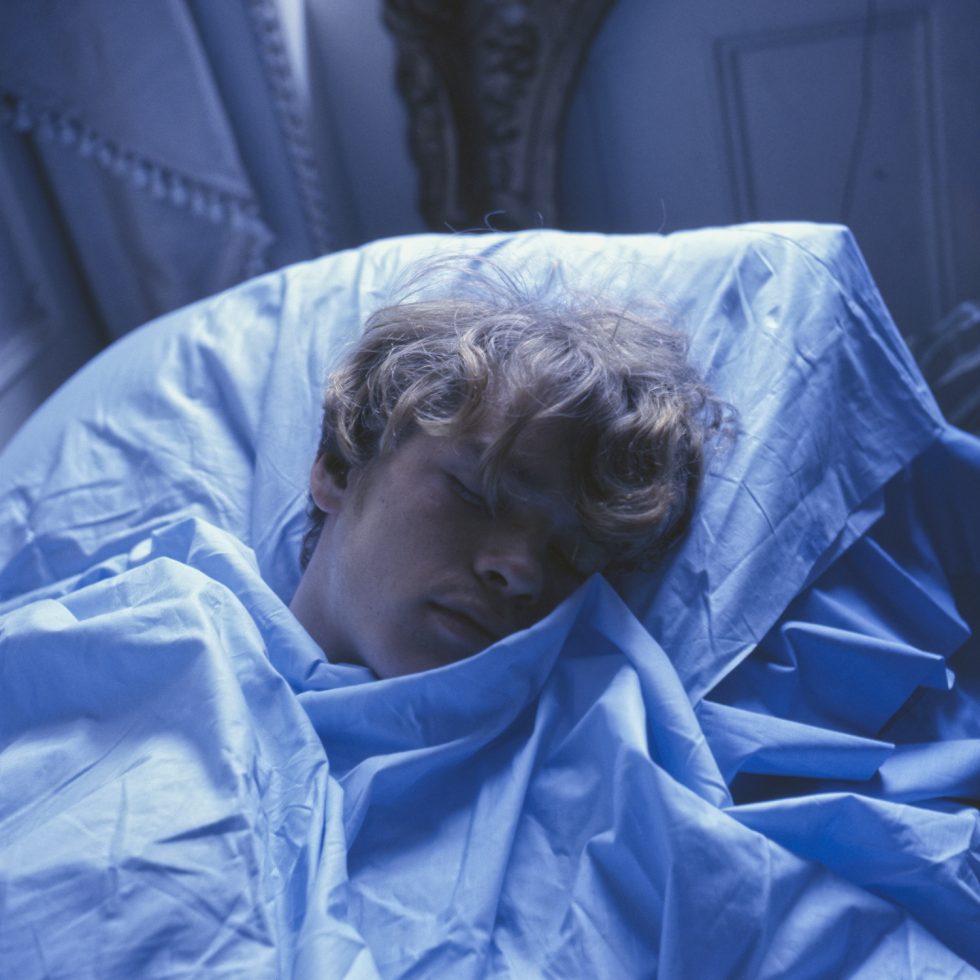
James Bidgood: Dreamlands
July 10 - August 29

CLAMP presents “James Bidgood | Dreamlands,” an exhibition of photographs marking the launch of the monograph of the same title from Salzgeber, in addition to recent screenings of the artist’s cult classic film, “Pink Narcissus,” at theaters across the United States and Europe.
The book combines iconic motifs from the artist’s oeuvre with many previously unpublished images. The exhibition at CLAMP includes twelve of these new photographs selected from the estate archives, along with a large-scale print of “Pan”—the monograph’s cover image.
“Pink Narcissus,” James Bidgood’s film from 1971, described as a “kaleidoscopic fever dream of queer desire,” was recently restored by the UCLA Film & Television Archive, and has been playing at theaters since late 2024, including MoMA (New York), Hammer Museum (Los Angeles), BAM (New York), Metrograph (New York), and other screens in London, Bologna, San Francisco, Seattle, Provincetown, Tucson, St. Louis, etc.
James Bidgood passed away in 2022 at the age of 88. A New Yorker for over 70 years, he was adored and admired by generations of artists and cinephiles alike.
When Bidgood first came to New York from Wisconsin in the 1950s, he worked as a drag performer and occasional set and costume designer at Club 82 in the East Village. After studying at Parsons School of Design from 1957 to 1960, Bidgood found jobs as a window dresser and costume designer.
He then went on to work as a photographer for men’s physique publications and began creating his own personal photographs and films that greatly benefited from his talents in theater design and costume construction. It was during this period in the early 1960s that Bidgood began working on his masterpiece—the 8mm opus “Pink Narcissus.”
In his tiny apartment in Hell’s Kitchen, he handcrafted sets using humble materials to create a theatrical dreamland in which artifice became transcendent. With hand-tailored clothing, saturated lighting, and lots of glitter, Bidgood built a cosmos of queer belonging, populated with angelic figures of male beauty—including Cupid, Pan, and other mythological gods, along with harlequins, soldiers, firemen, hustlers, drag queens, altar boys, and more.
Bidgood’s confined domestic production speaks to both necessity and liberation—”a queer creative spirit refusing to be constrained by material limitations.” In fact, the artist and his models would eat, sleep, and frolic within the sets until it was time to tear them down and begin building the next scene.
Within this space, and in front of his lens, the homosexuals that were ostracized by larger society could be beautiful, glamorous, complex, silly, or simply themselves.
